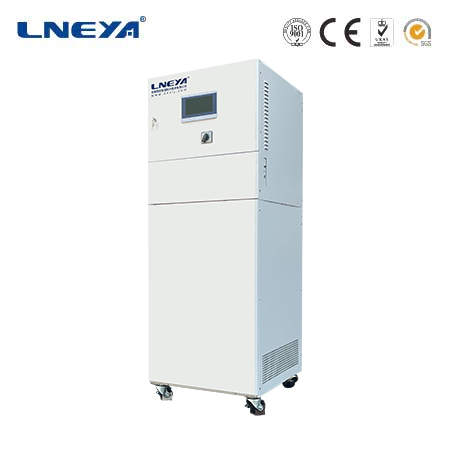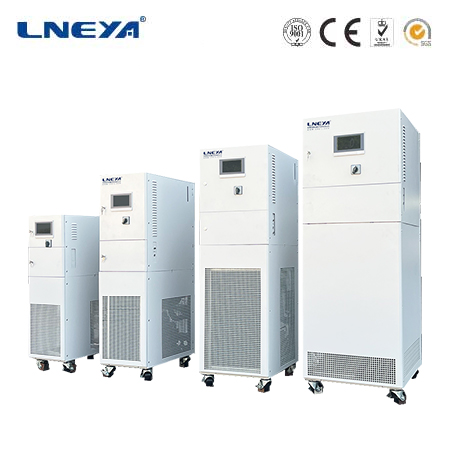process chilled water system
Process Chilled Water Systems: Critical for Temperature Regulation in Industrial Processes
Process chilled water systems play a vital role in various industries, providing precise temperature control for processes that require stable and consistent conditions. These systems are designed to circulate chilled water through a network of pipes to cool equipment, machinery, or processes, ensuring efficiency and reliability.

Key Components of Process Chilled Water Systems
Chiller: The core unit that cools the water before it is circulated.
Pump: Ensures the continuous circulation of water throughout the system.
Heat Exchanger: Facilitates the transfer of heat from the process to the water.
Control System: Regulates the temperature and flow rate of the water.
Applications of Process Chilled Water Systems
These systems are used in a wide range of applications, such as:
Manufacturing: For cooling machinery and processes that generate heat.
Food and Beverage Industry: To maintain product quality and safety.
Pharmaceutical Industry: For temperature-sensitive processes and storage.
Design and Maintenance
The design of a process chilled water system must consider factors like cooling capacity, temperature range, and the specific needs of the process. Regular maintenance is crucial for system efficiency and includes inspecting and cleaning components, checking for leaks, and monitoring the performance of the chiller and pumps.

Energy Efficiency and Environmental Impact
Process chilled water systems can significantly contribute to energy savings by optimizing the cooling process. The use of energy-efficient chillers and pumps, as well as proper insulation of pipes, can reduce energy consumption. Additionally, the selection of environmentally friendly refrigerants and the implementation of sustainable practices in system operation are important for minimizing the environmental impact.
Conclusion
Process chilled water systems are indispensable for maintaining optimal temperatures in industrial and commercial processes. By understanding their components, applications, and the importance of design and maintenance, users can ensure the efficiency and reliability of these systems. The focus on energy efficiency and environmental sustainability in system design and operation is crucial for the long-term performance and ecological responsibility.

This article provides a comprehensive guide to process chilled water systems, discussing their key components, applications, and the considerations for their design and maintenance. It emphasizes the importance of choosing the right system for specific temperature control needs and highlights the advancements in technology that have made these systems more accessible and efficient.
Related recommendations
water cooled process chiller
562Water-Cooled Process Chillers: Types and Operation Water-cooled process chillers are essential in various industrial and commercial applications for their ability to maintain optimal temperatur...
View detailslarge environmental chamber
609Introduction to Large Environmental Chambers Large environmental chambers are engineered to simulate various environmental conditions for testing the performance, reliability, and durability of...
View detailstemperature control plate
519Temperature control plates, commonly known as thermal chucks, are essential components in industries where precise temperature management is critical. These plates are used to maintain a stable an...
View detailschiller bath
494Chiller Bath: A Comprehensive GuideIntroductionA chiller bath is a specialized cooling system that combines the functionality of a chiller and a temperature-controlled bath. It is designed to main...
View details
 LNEYA Thermal Test Chillers
LNEYA Thermal Test Chillers





HelloPlease log in